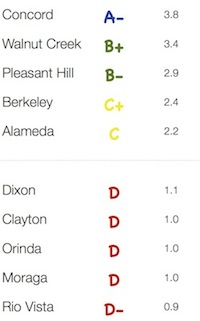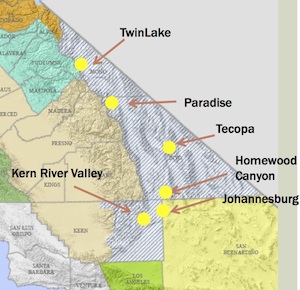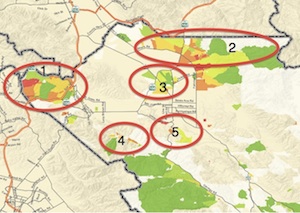Broadband grades depend on copper and glass
att, broadband, broadband grades, comcast, ebbc, public policy, regional consortia
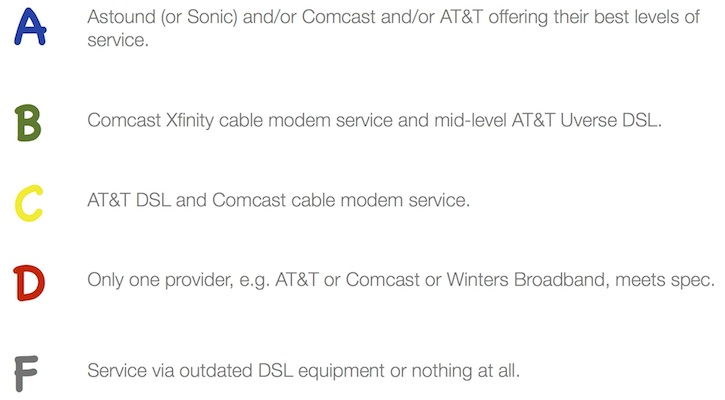
Examples of how the grading was done.
The grading system I developed to rate and compare the broadband infrastructure available to communities east of San Francisco – Alameda, Contra Costa and Solano Counties – focuses on primary, consumer wireline networks because those are the base upon which all service is built…
… MoreEven wireless systems must connect to wireline networks at some point, usually directly after the first “hop” from a subscriber. Consequently, the level of broadband connectivity in a region is primarily determined by the quality and extent of wireline facilities.

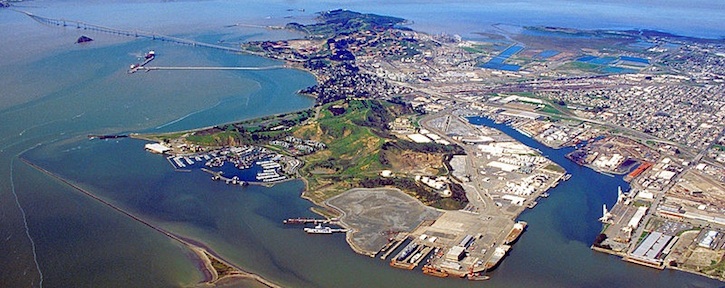
 Once upon a time, Silicon Valley looked pretty much the same.
Once upon a time, Silicon Valley looked pretty much the same.